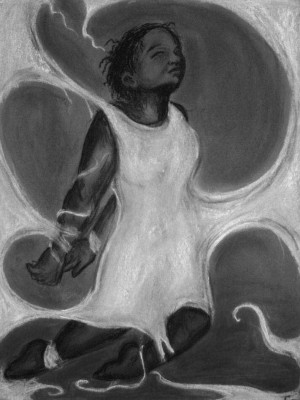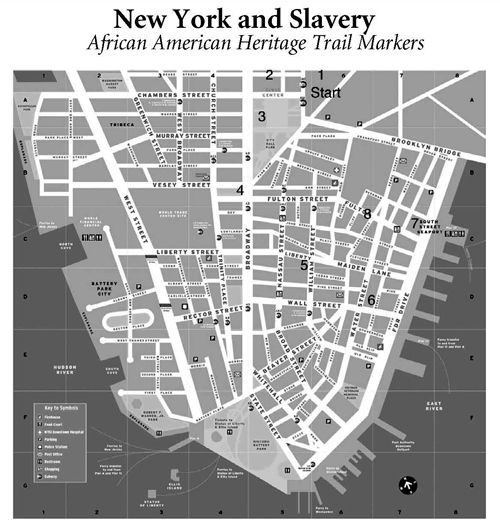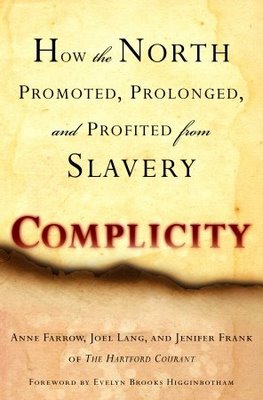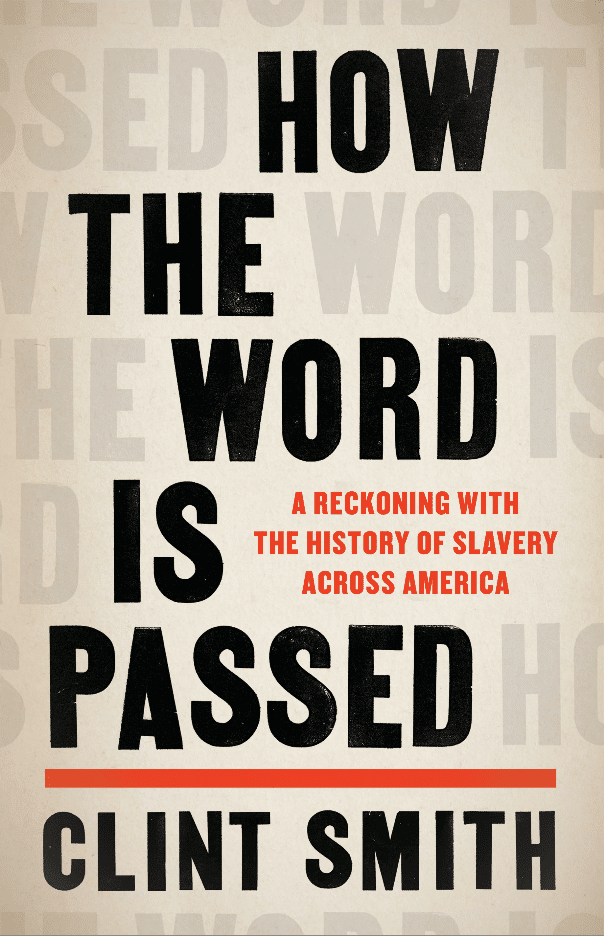
Art by Caroline Torres
“Offensive,” “inhumane,” “absurd” were a few of the comments expressed by high school students after they read advertisements like the one above. The students, from two schools in the Lower Hudson Valley region of New York State, examined the ads for runaways in preparation for an art contest sponsored by Philipsburg Manor, a historic site in New York’s Hudson Valley.
Philipsburg Manor, where we both work, was once owned by a family of Anglo-Dutch merchants and operated by a community of 23 enslaved Africans. The central mission of Philipsburg Manor is to bring to light this hidden history of slavery in the North. During the colonial period, advertisements like the one excerpted above were a common sight in many newspapers. Today, these primary documents can serve as painful reminders of our nation’s history. They also can help us discover new perspectives on our past.
In the fall of 2005, Philipsburg Manor created an art contest we titled “Pretends to Be Free: Imagining Runaway Slaves.” We initially targeted eight local high schools for participation in the contest, but surprisingly, only two chose to participate. After doing some development work with mentor teachers, students produced artwork based on the ads.
 In addition to submitting a piece of two-dimensional art in any medium, the contest required students to submit commentary describing their work and the reasons they chose particular advertisements.
In addition to submitting a piece of two-dimensional art in any medium, the contest required students to submit commentary describing their work and the reasons they chose particular advertisements.
Classroom Story
We used the lesson on Reading Between the Lines: An Art Contest Helps Students Imagine the Lives of Runaway Slaves. We read the article in the class and looked at the pictures. The lesson began with a focus on the painting by Caroline Torres. The students created open ended questions about it and then they used the background information to find answers to their questions. The questions were then turned into an introduction to the overall topic.
We then looked at the two advertisements and students were asked how they felt. We discussed how it would feel to be someone who was hunted and brought back to a slave owner. We also discussed the various perspectives, like how an enslaved person would feel, how a slave owner would feel, how an abolitionist would feel, and how the government dealt with the issues of slavery.
The painting was a driving force in the lesson and gave the students a jumping off point while using art to make them feel more creative. We used the lesson to discuss how art can be a good motivator in history.










Twitter
Google plus
LinkedIn